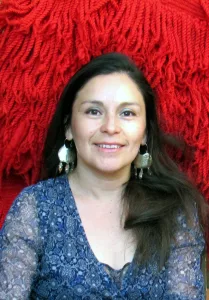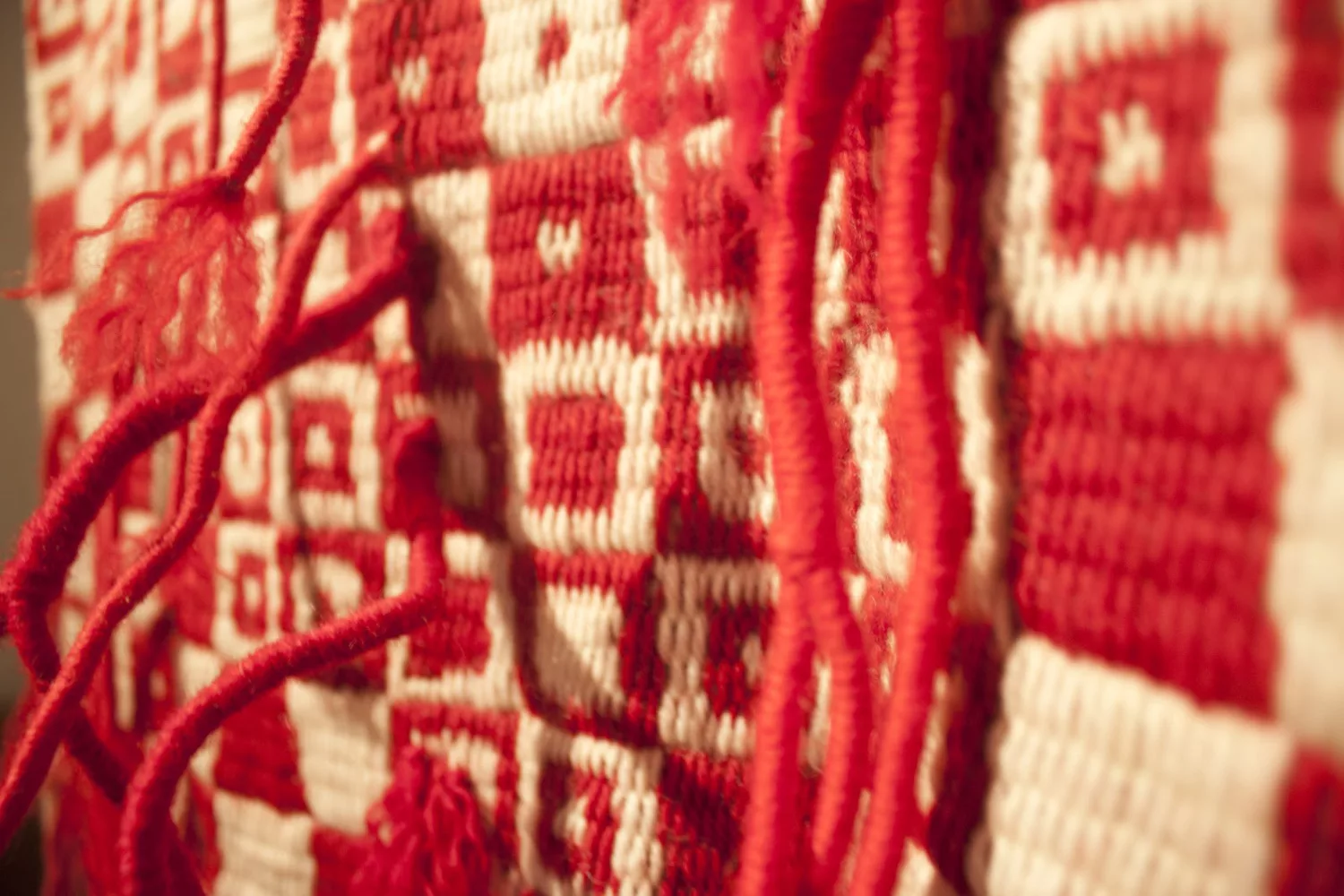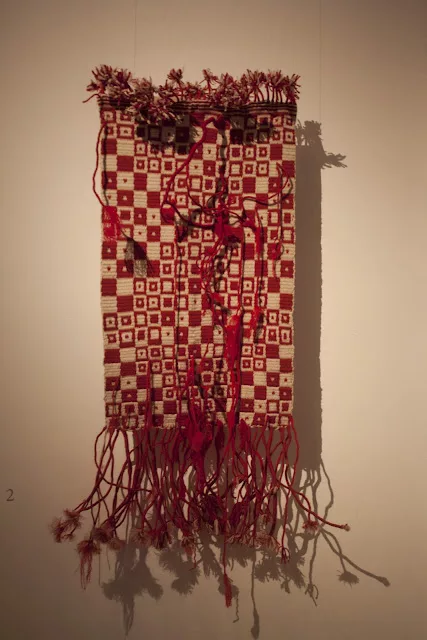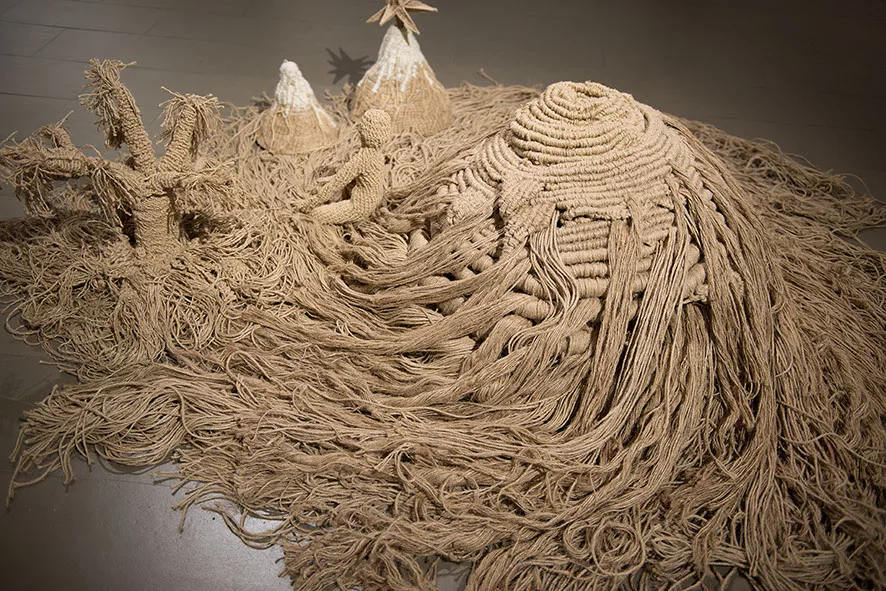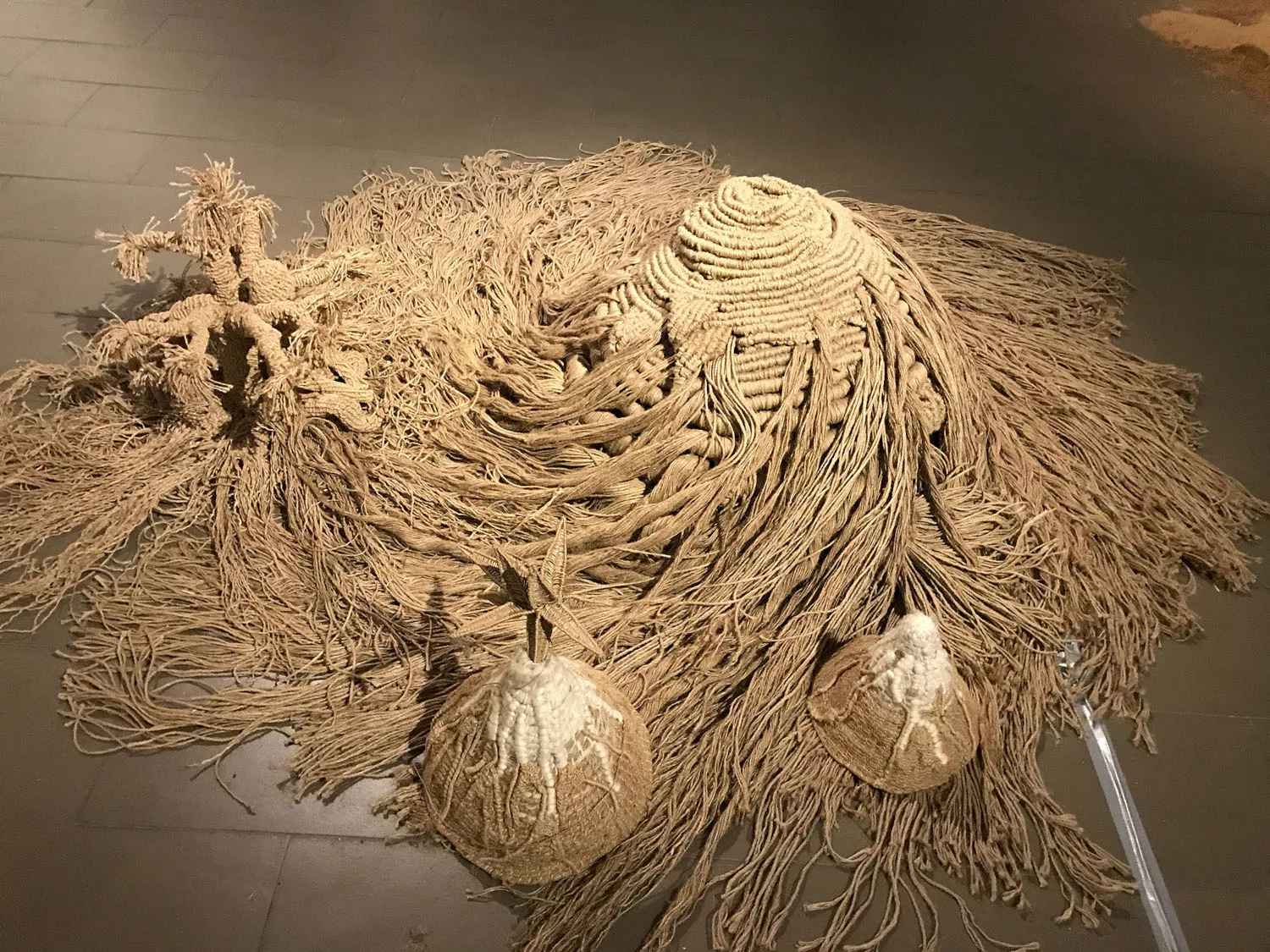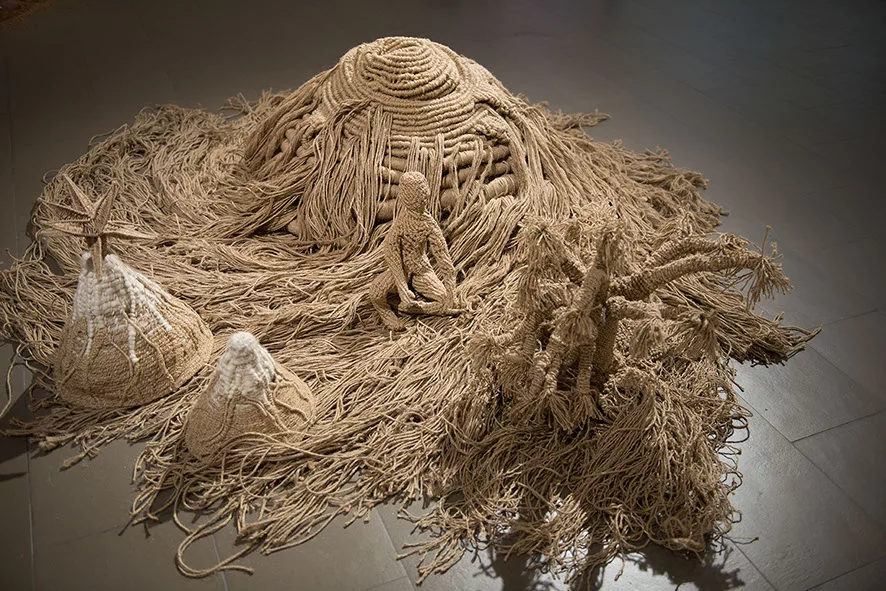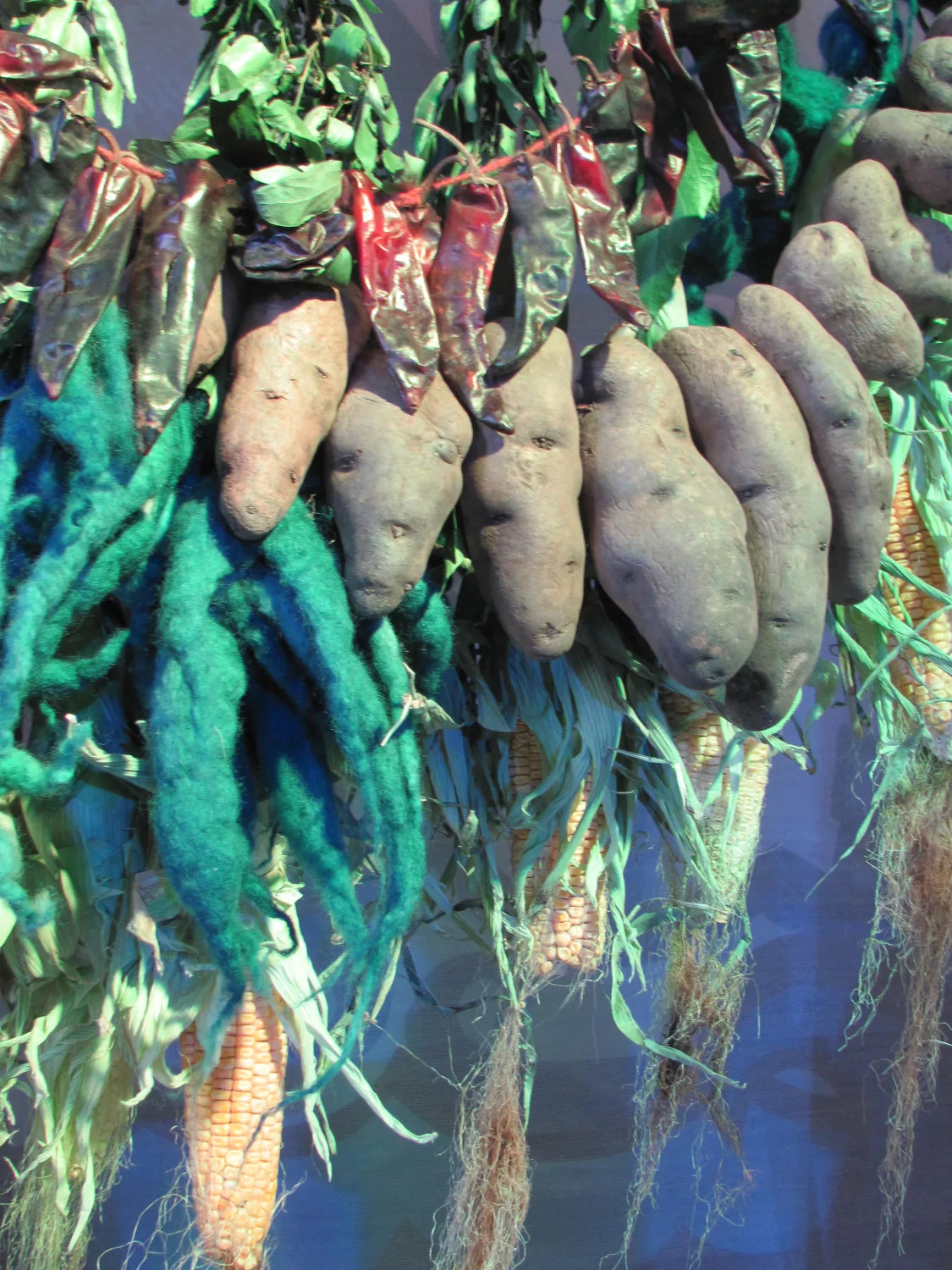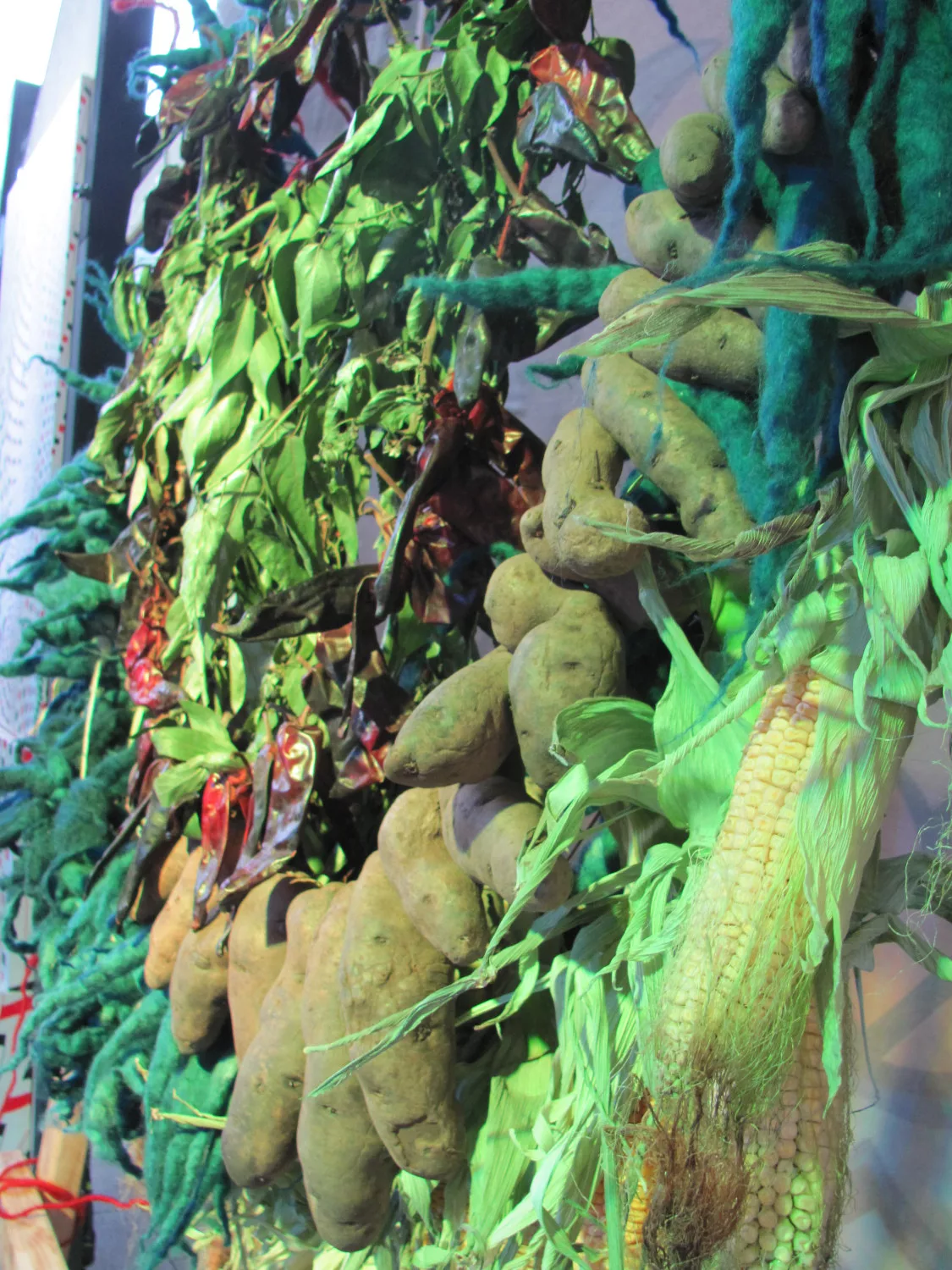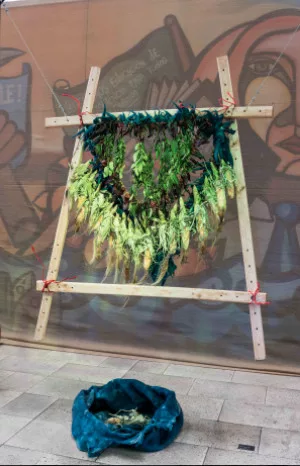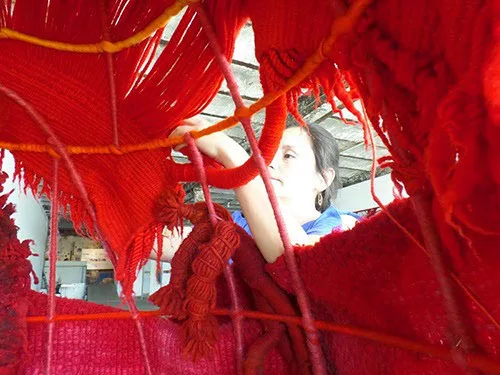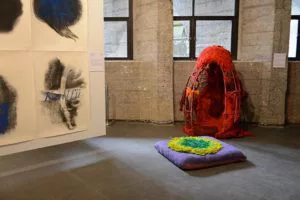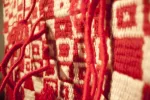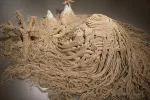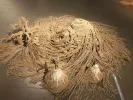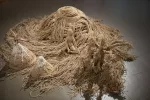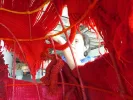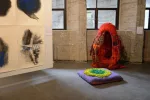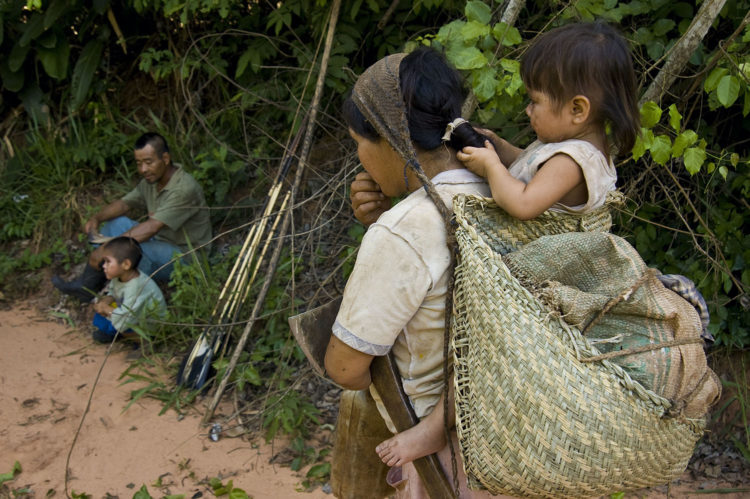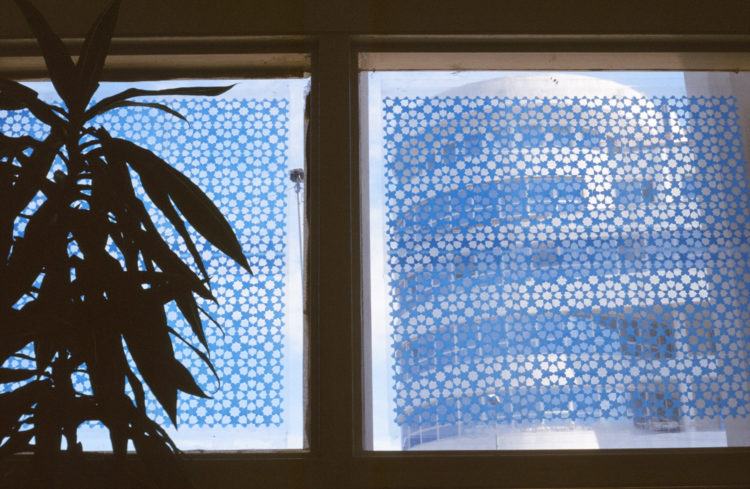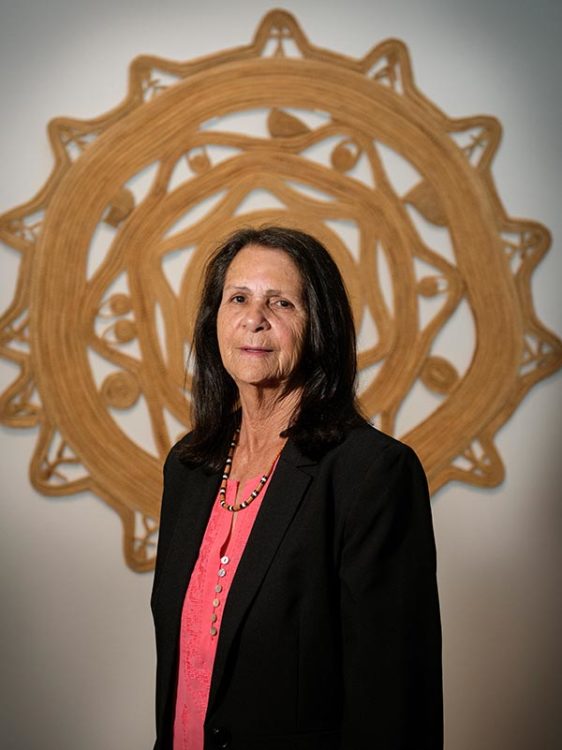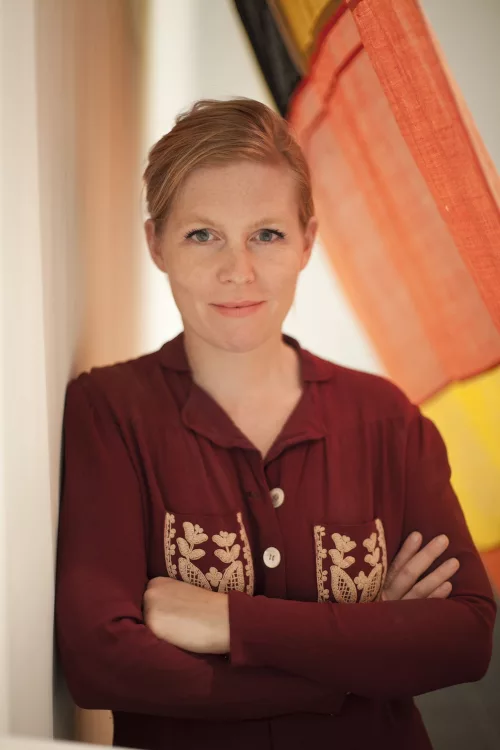Loreto Millalén Iturriaga
Andrea Echeverría, “‘La recuperación del territorio invisible de nuestra cultura”: el poder de las instalaciones textiles de Loreto Millalén”, Latin American and Caribbean Ethnic Studies, no. 2, vol. 20, 2025, p. 181-200
→Bengoa, Mónica (ed.), Diálogos, Territorios Alternos, Santiago, Centro de Estudios Interculturales e Indígenas (CIIR) and Pehuén Editores, 2018
→Francisco Gallardo (ed.), Diálogos: Arte contemporáneo y diálogo intercultural, Santiago, Centro de Estudios Interculturales e Indígenas (CIIR) y Pehuén Editores, 2015
Territorios en Tránsito, Museo Antropológico y de Arte Contemporáneo de Guayaquil, Guayaquil, 30 May–28 July, 2019
→Diálogos del reconocimiento. Investigación y creación en torno a la interculturalidad, Museo de Arte Contemporáneo de Valdivia, Valdivia, 17 December, 2014–21 March, 2015; Centro Cultural Palacio de la Moneda, Santiago, 22 April–2 August, 2015; Sala de exposiciones Campus San Francisco de la Universidad Católica de Temuco, Temuco, 24 August–14 October, 2015
→Ñimin: Dibujo de la Tierra, Centro Cultural Estación Mapocho, Santiago, 7–24 April, 2011; Museo Textil de Oaxaca, Oaxaca, 19 May–10 August, 2012
Mapuche textile artist, weaver, dyer and printmaker.
In her practice Loreto Millalén explores her roots and identities, expressing, through her textile art, a recognition of Chile’s Mapuche indigenous people. Her father, Juan Millalén, taught her about Mapuche culture – a heritage that was augmented and strengthened by her studies with the academic and visual artist Lorena Lemungier (1954–). She obtained a Bachelor’s degree with a major in printmaking, at the Facultad de Arte de la Universidad de Chile (1993–2000) and was awarded a diploma in Social and Political Ecology by the Fundación Heirich Böll and the Universidad de Santiago in 2013. Since then she has worked as an independent investigator specialising in Mapuche textile art and natural dyeing techniques.
Her travels in Latin America, including Guatemala and Mexico, in the late 1990s, awakened what she calls her ‘textile memory’. Her practice is based on collective work and activism in favour of the recognition of the original peoples of the Wallmapu region. As the director of the Taller y Escuela de Arte Textil Mapuche Ad Llallin founded in 2008, her mission is to transmit Mapuche knowledge and revitalise its textile traditions as well as promote new work, considering textile art a territory to be recovered. This approach has guided group shows and workshops organised with this school’s students with the purpose of ‘rematerialising invisible territories’ (Ñimin. Dibujo de la Tierra, [Drawing of the World], 2011–12; Chañuntuku: Estallido Ondulante de la Tierra [The Undulating Bursting of the World] / Trarüwe ka kutama, 2013; Witral ka Mapu, 2014; Estación Mapuche, Mapuche Station, 2017).
In 2014 she began taking part in the Diálogos del Reconocimiento [Recognition Dialogues] at the Centro de Estudios Interculturales e indígenas and the Pontificia Universidad Católica de Chile (UC), a space for intercultural reflexion between academics, artists in general, members of original peoples and particularly Mapuche creators, aimed at exploring the engagements and resistance interwoven in the cultural fabric. For this project, she created her textile sculpture Fuchakeche Ruka Yem [Home for the Ancestors, 2014], a hollow capsule made of intertwined plant fibres and knots inside which visitors can commune with their ‘grandparents’ or ‘ancestors’, understood as the protectors of Mapuche culture. Another piece shown as part of the Diálogos del Reconocimiento is Cuando el alma seca, recobra la memoria del torrente [When the Soul Dries Out, It Recovers the Memory of the Flood, 2016], made with the collective Pu Chilkatube – part of the Taller de Conexiones Textiles y Arte Textil Mapuche Ad Llallin. This installation is a creation produced by a group of people linked by their Mapuche identities, whose journeys and narratives are materialised in textile sculptures made of plant fibres, fleece, knots and needlework, in a territory thick with volcanos.
L. Millalén makes spaces for the recovery and transmission of Mapuche traditions. In her Calendario Hemoglobina Lunar[Lunar Hemoglobin Calendar, 2010], she uses the ancestral technique ofñimin to draw sequences of small squares on fabric that record the menstrual cycle. In the installation En tiempos de cambio la tierra fecunda el cielo [In Times of Change, the Earth Fertilises the Sky, 2016], she interweaves textiles and native foods – ears of corn, potatoes and medicinal herbs – to form a large circle that, like the rest of her textile creations, positions the memories and territories of the Mapuche people.
In collaboration with the Fondation Cartier pour l’art contemporain
© Archives of Women Artists, Research and Exhibitions, 2025


